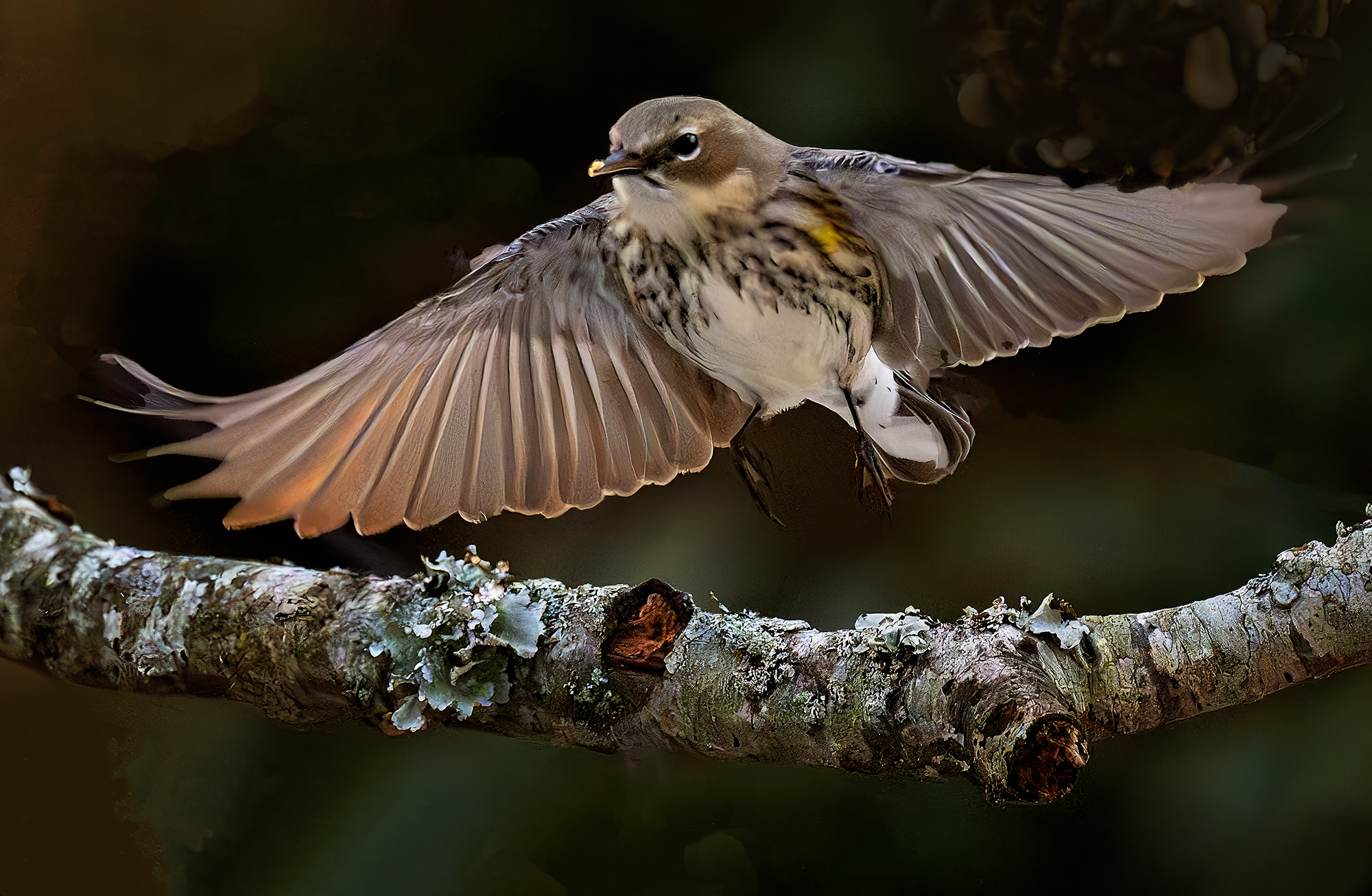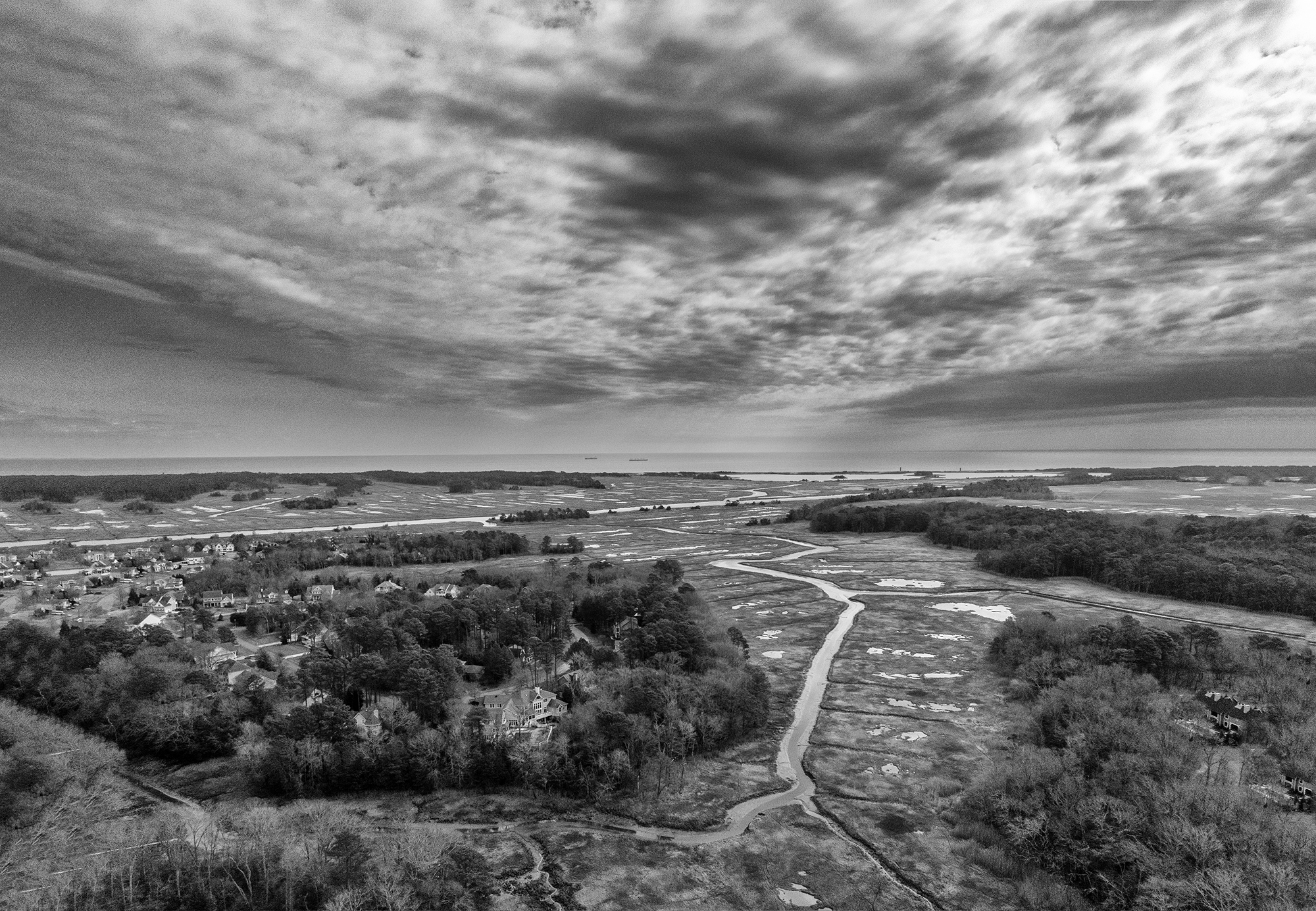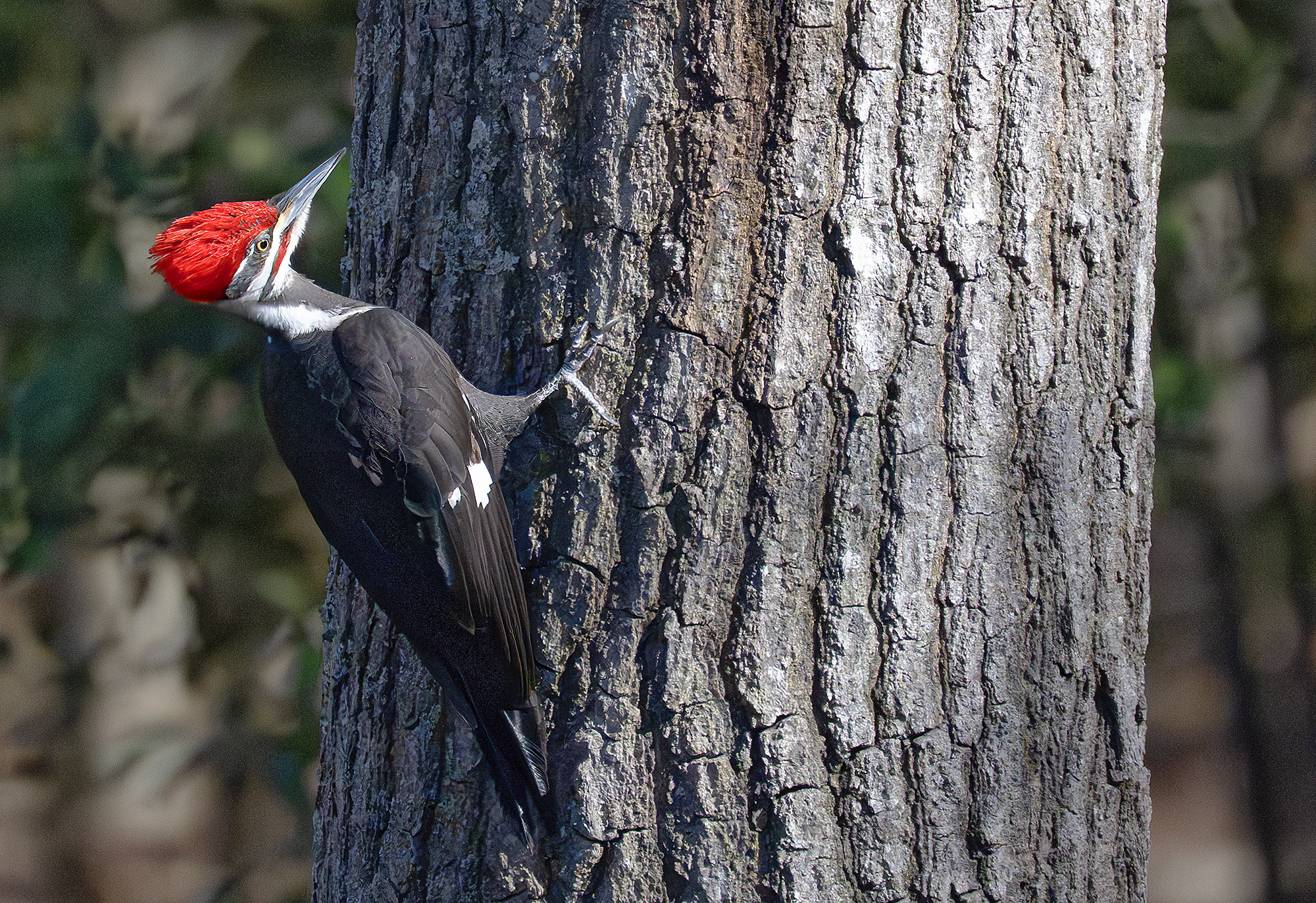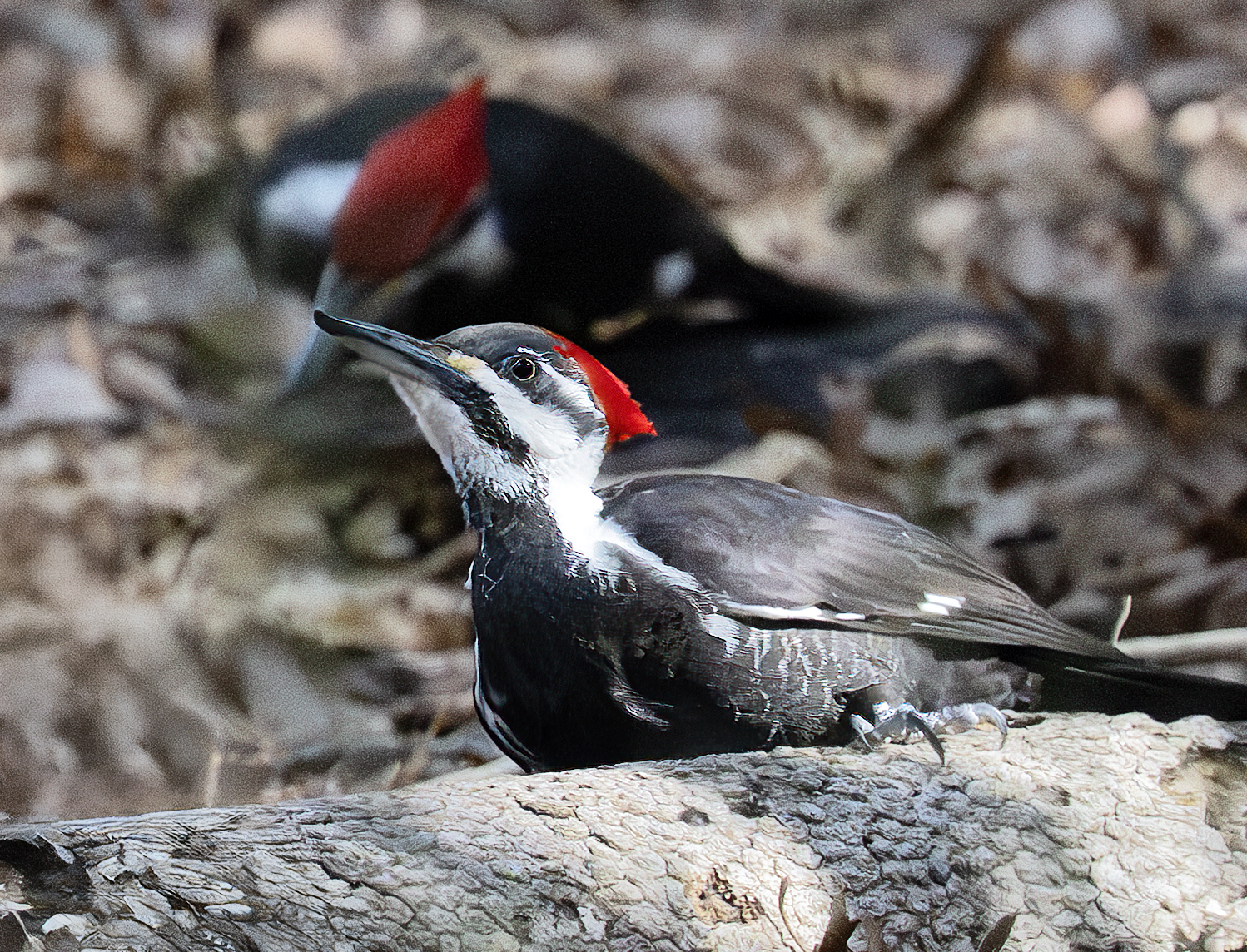
So, I’m going to unpack a few thoughts about photography and, more directly, what my photography is to me and what I hope you see in it. By way of background, I have been photographing things since I was about 6 years old. I started with a Brownie Box camera, evolved through many cameras eventually to my first single lens reflex in my late teens. I became a Nikon guy in my twenties and have stayed faithful to the brand for 50 years now and still going. For many years I shot Kodachrome color slide film of subjects in nature mostly. I learned darkroom techniques and worked for a while as a darkroom technician for a weekly newspaper so I could advance my skills. I learned to crop, burn and dodge photos in the b&w printing process and read extensively about Ansel Adams’ laborious and meticulous work in the darkroom making his prints as near perfect as he good, to his eye. In my professional capacity working on beach and shoreline management I documented shore conditions using photographs to communicate, visually, what was happening to people who could not witness it themselves. This is documentary photography that should not alter the real that exists in nature. In my life outside of my profession I enjoyed artistic photography where, for me anyway, beauty and art are the leads. Over the past few decades I have given instructional lectures on photography, have judged uncountable numbers of photography competitions, and co-taught quite a few photography classes with renowned photographer Kevin Fleming. A question I am often asked about, in several different forms, essentially is concern by a photographer about how much liberty they can take in processing their photograph after the camera has captured the image. It depends on what your image is intended for. My credo is straight forward. Any photograph of mine that will be used in any form as documentation, like a news story, or illustrating a subject as it was seen receives very little post processing. My aim with that type of photograph is to recreate, as closely as possible, what I saw through the viewfinder in my camera. I extend those relatively strict standards a bit if my goal is to showcase beauty or moment in nature, or of any subject I shoot. The photograph shown here is absolutely a real bird in a real moment. Digital processing tools available today allowed me to bring my photograph as shot to a far more artistic showcase of incredible beauty of this yellow-rumpled warbler. Many times, when I have been set up in art shows, people have said of my prints, “you must have photoshopped that.” That’s the equivalent of saying to a film photographer, ‘you must have used chemicals to make that image.’ My not too well veiled snarky response to the comment about photoshopping an image is the real, but admittedly esoteric, response, “well, digital photography is recording an image in binary code and an interpretive program must be used to translate the code to an actual image.” It is both my goal and desire that my photographs showcase beauty in nature and interesting moments that are not often seen. I use processing tools that assist in creating the image I want and like.
One last thought. I grew up in a family that always had bird feeders in the back yard. When I went to college (early 1970s) I had a dorm room on the first floor of a building and I immediately put a bird feeder in a tree outside of my room. I have had bird feeders wherever I live for 50 years. I consider myself an ethical nature photographer and follow guidance to assure that I am. One area I believe needs some qualification. There is good guidance about the unethical practice of baiting subjects. To me this deserves some clarifying. The clearly bad example of using rubber rodents to attract predatory birds like owls is at one end of the spectrum. My personal other end of the spectrum is my photographing birds that frequent my feeders. The warbler here is a daily visitor to the woods behind my house and our feeders as it enjoys pinecones we put out that are covered in a peanut butter and birdseed mix. I consider this to be ethical photography as we feed everyday, 365 days of the year and have for many.many years. The subjects are there anyway. I hope you enjoy the photo, and thanks for reading my brain dump here today.



